Architects: Roland Hofer, Lukas Somm, Roger Eifler, Mirjam Candan, Catherine Blum
Area: 5,000 m²
Year: 2018
Photography: Ladina Bischof
City: Schaffhausen
Country: Switzerland
In Schaffhausen, the transformation of the Wagenareal, a former industrial site, into a cooperative housing development marks a significant deviation from traditional housing projects in the city. The project, led by architects Roland Hofer, Lukas Somm, and Roger Eifler, alongside sociocultural planner Mirjam Candan and landscape architect Catherine Blum, breathes new life into the area through a multifaceted design approach that incorporates sociocultural and landscape architectural elements. The creation of the Legeno cooperative by the architects themselves, due to the inability to attract local cooperatives, adds a pioneering layer to the project. This introduction sets the tone for exploring how the Wagenareal has become a beacon of innovative urban living and cooperative development.
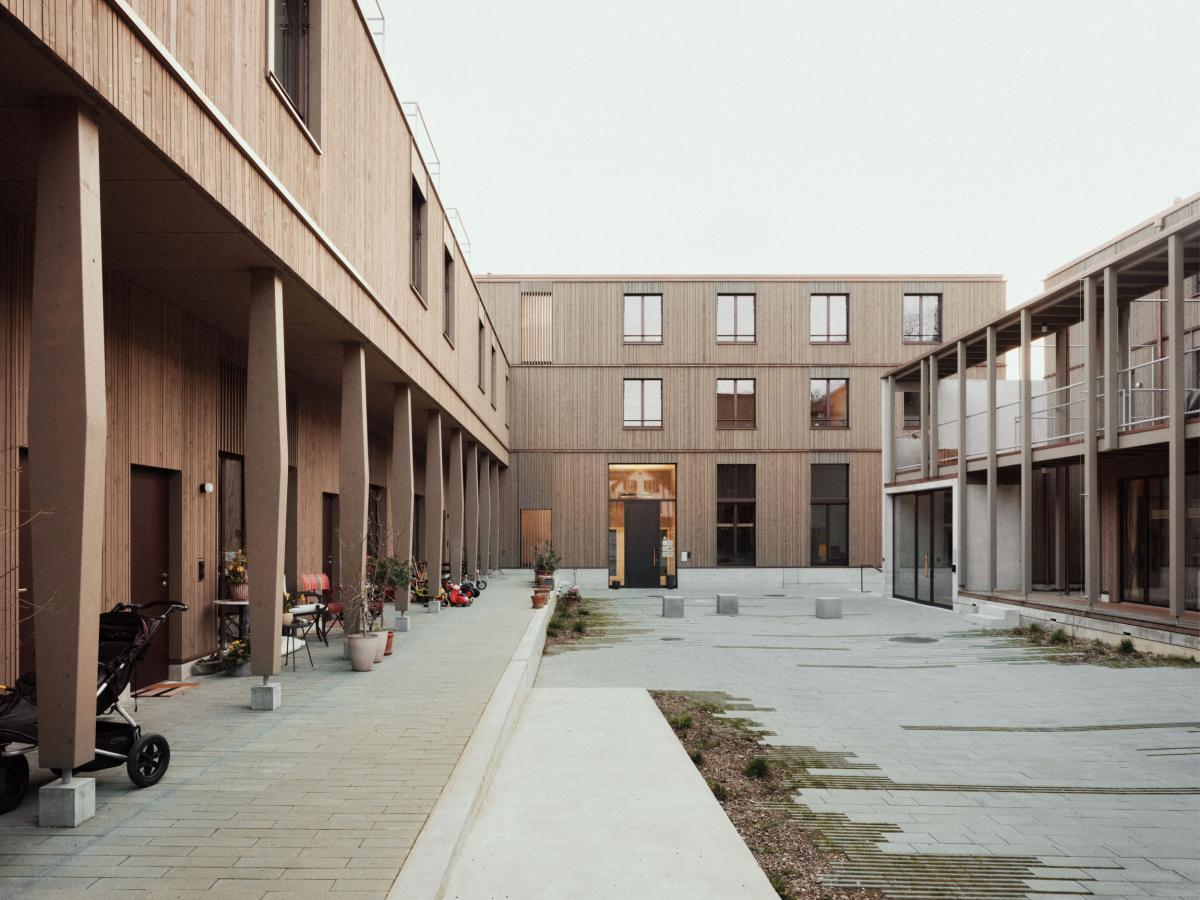
The Schaffhausen Wagenareal presents itself as anything but monotonous, standing out among the city’s existing cooperative housing developments. At the planning level and in terms of community living, this flagship project revitalizes the former industrial site.
“The one who doesn’t risk doesn’t win” aptly summarizes the repurposing process of the Wagenareal. Located within a short walking distance from the center of Schaffhausen, this 5,000 m² site is nestled within a neighborhood of single-family homes and smaller multi-family buildings. In 2018, architects Roland Hofer, Lukas Somm, Roger Eifler, sociocultural planner Mirjam Candan, and landscape architect Catherine Blum were selected for a study contract including a building rights award from the city. The team developed the area of the former wagon factory by integrating interdisciplinary, landscape architectural, and sociocultural aspects.
The project aimed for a diverse housing project that is cooperatively led and self-managed. However, as none of the approximately 20 local cooperatives could be persuaded to take on the project—citing the peripheral location of Schaffhausen as a deterrent—the architects themselves took the initiative. By founding their cooperative, Legeno, they solved the issue of lacking a building promoter and gave a new impetus to cooperative housing in the cantonal capital.
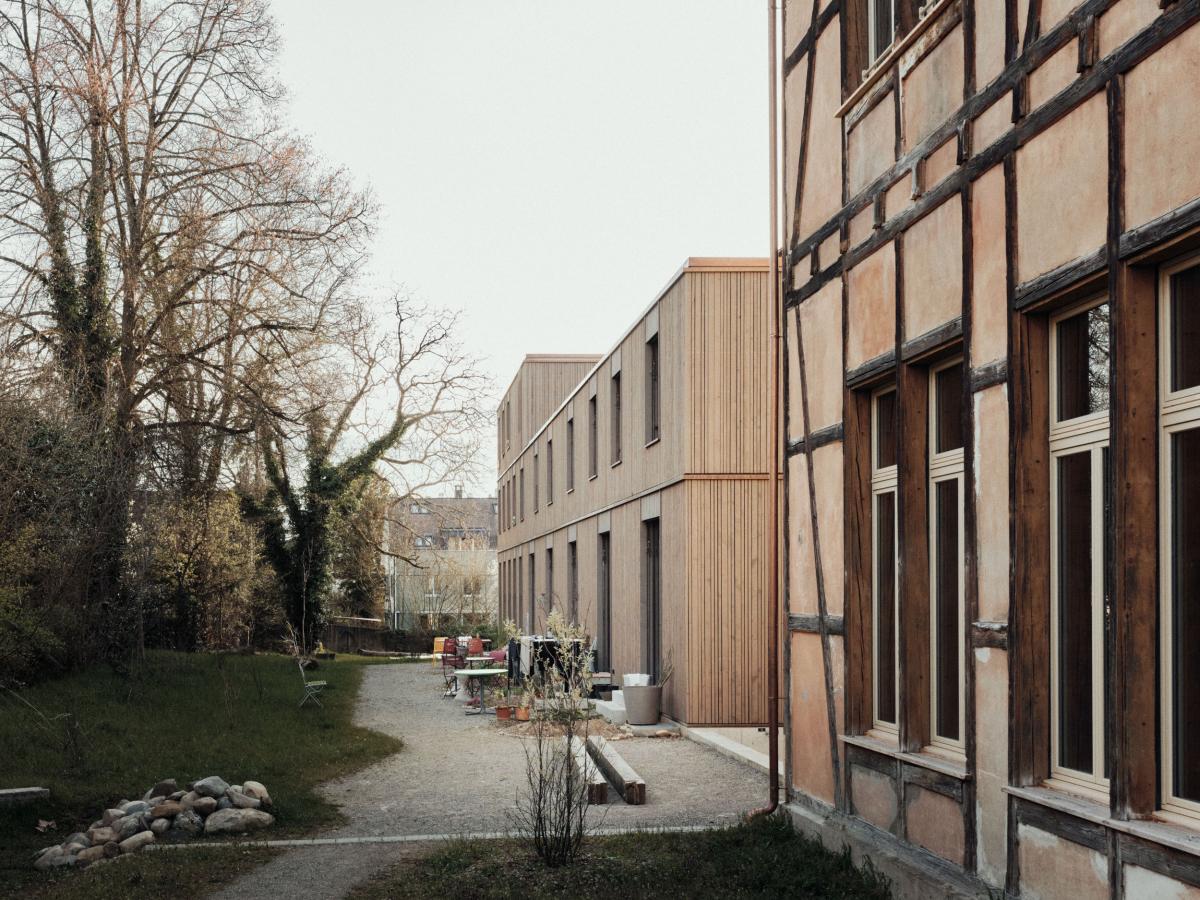
The cooperative buildings encompass a central courtyard. Landscape architect Catherine Blum designed the external spaces. Going against the current, the architects chose an unconventional path of project realization: Typically, a cooperative or a developer acquires a site and ideally organizes a competition to implement the construction project in collaboration with an architecture firm. In this case, the absence of a building promoter was compensated by the founding of the cooperative. The team of architects thus assumed a dual role, merging design and sociocultural demands, which are enshrined in the statutes.
This dual function, however, brought with it not only construction law challenges but also considerable bureaucracy concerning financing and the cooperative: The trio developed the cooperative’s guiding principles and statutes, as well as all regulations necessary for the cooperative and the rental process, which simultaneously formed the basis for federal financial support. The cooperative had to be non-profit and also meet a comprehensive criteria catalog concerning floor plan design, mobility concept, and the like. A challenge was the low benchmark for rents, which is due to the high proportion of old building stock in Schaffhausen. This contrasts with the steadily rising construction costs for new buildings that must be covered in the framework of non-profit housing rentals, yet no profit may be generated. A fact that makes it challenging to create affordable housing in cooperative new buildings.
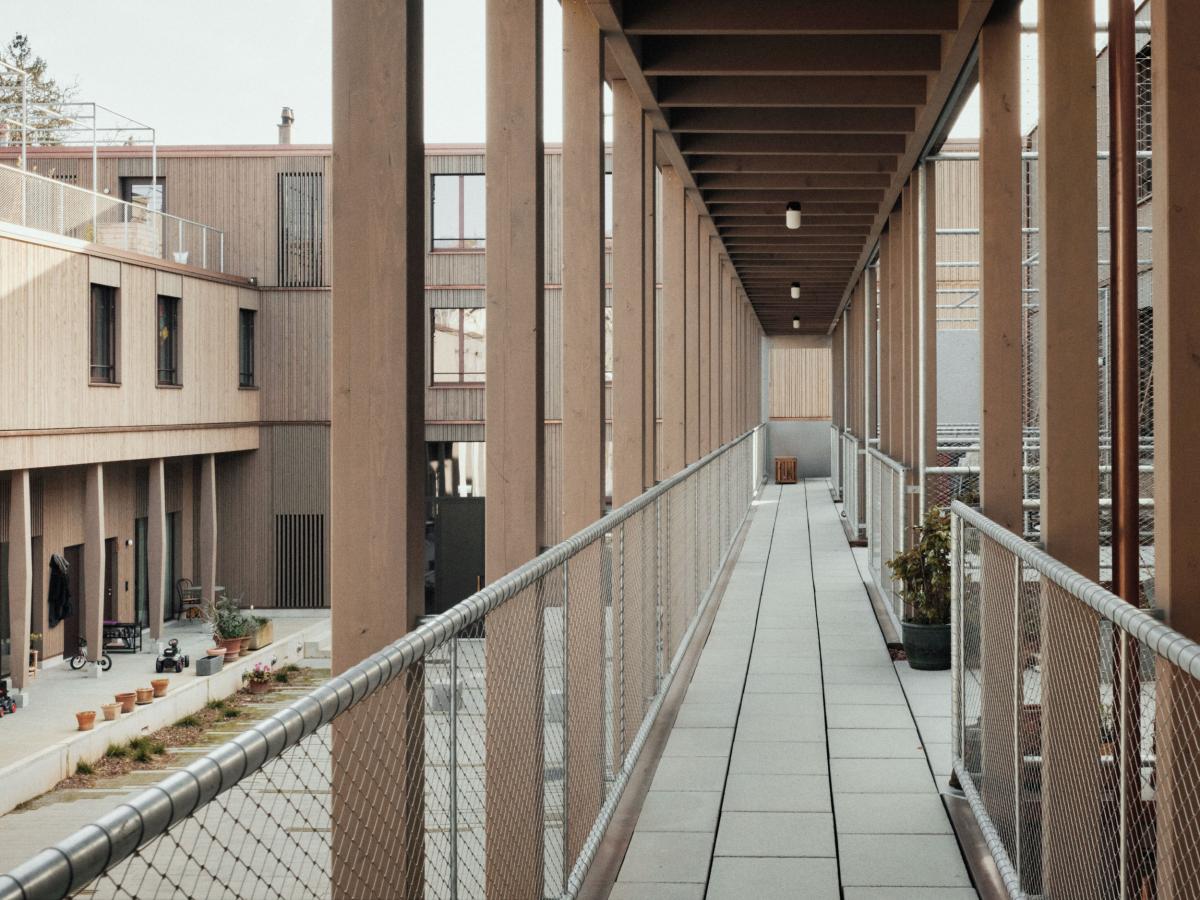
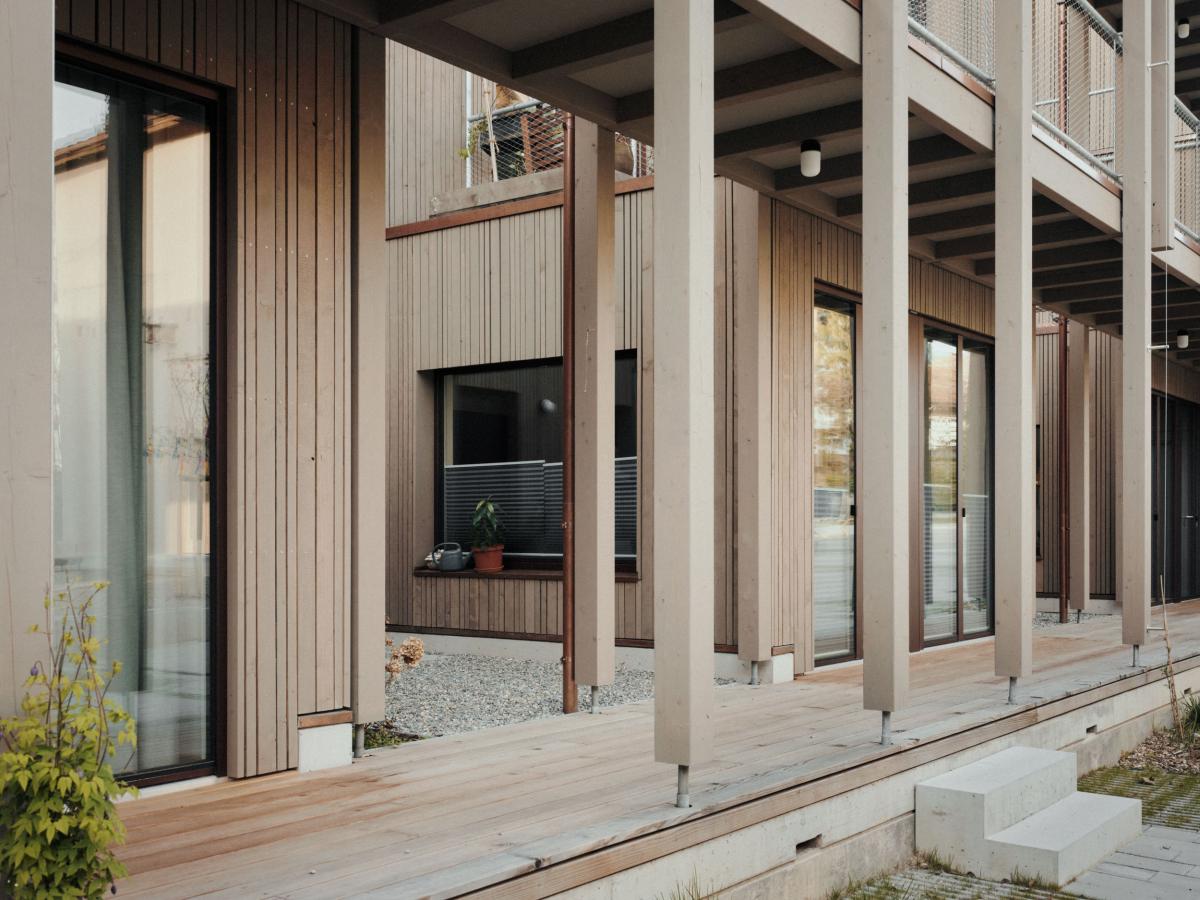
At the same time, the repurposing granted the planners great freedom in design, allowing them to define the space program themselves and adapt it to the cooperative’s ethos. This includes a social mix that was intended to be both intergenerational and culturally diverse, with everyday life playing a paramount role. Thus, a workshop, office and commercial spaces, community rooms for rent, and communal roof gardens complement the total of 25 apartments with varying sizes and layouts, offering a comprehensive array at “Wagi.”
The social aspect is further emphasized by the newly designed neighborhood meeting place in the existing and renovated head building of the former industrial site. It serves as a gathering place for the entire neighborhood, offering space for celebrations, discussions, and enjoyment. Public offerings also promote the integration of the new Wagenareal into the existing environment and the development of a good neighborhood. The interior walkways and the central courtyard create a fluid transition from one’s own four walls to the semi-public intermediate spaces and to the public and communal external spaces. Among these are also the two roof gardens, which are maintained and cared for by a gardening group.
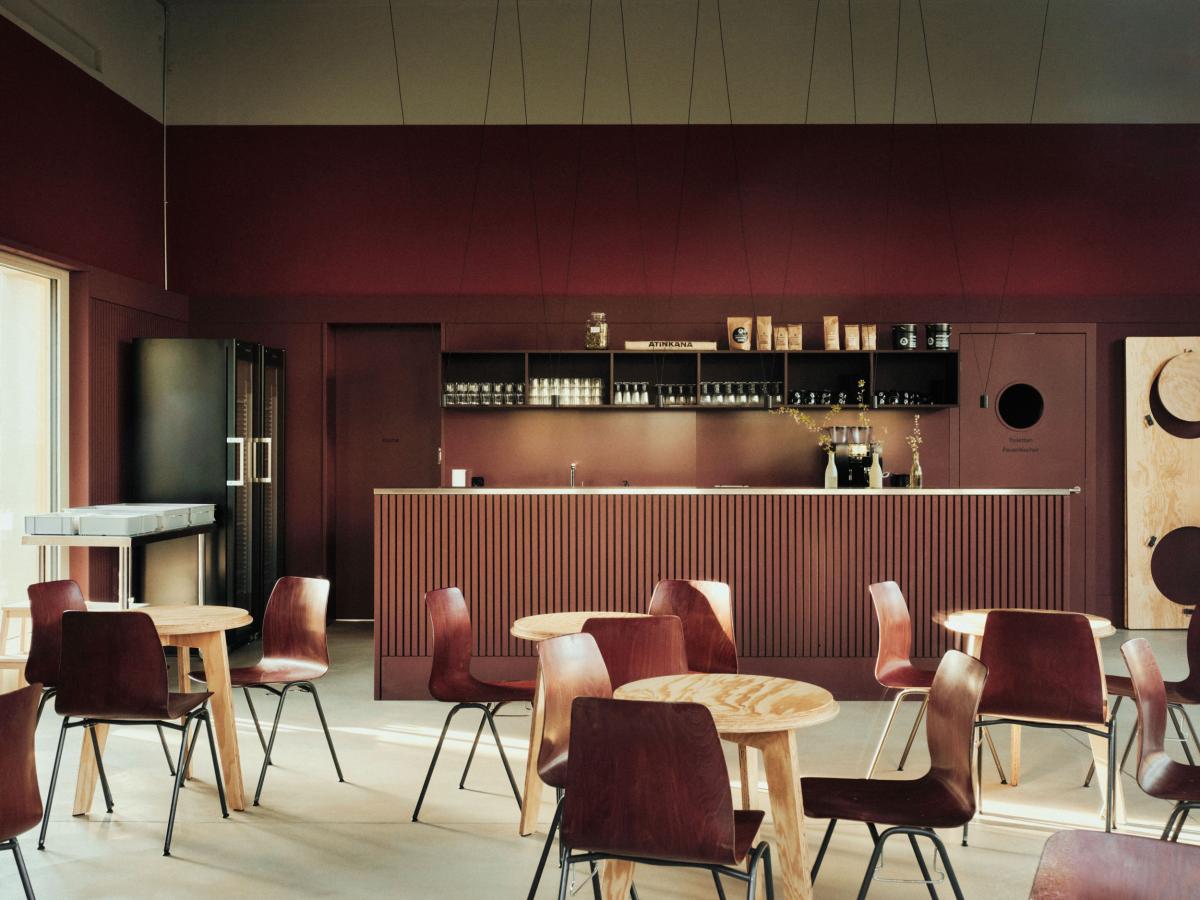
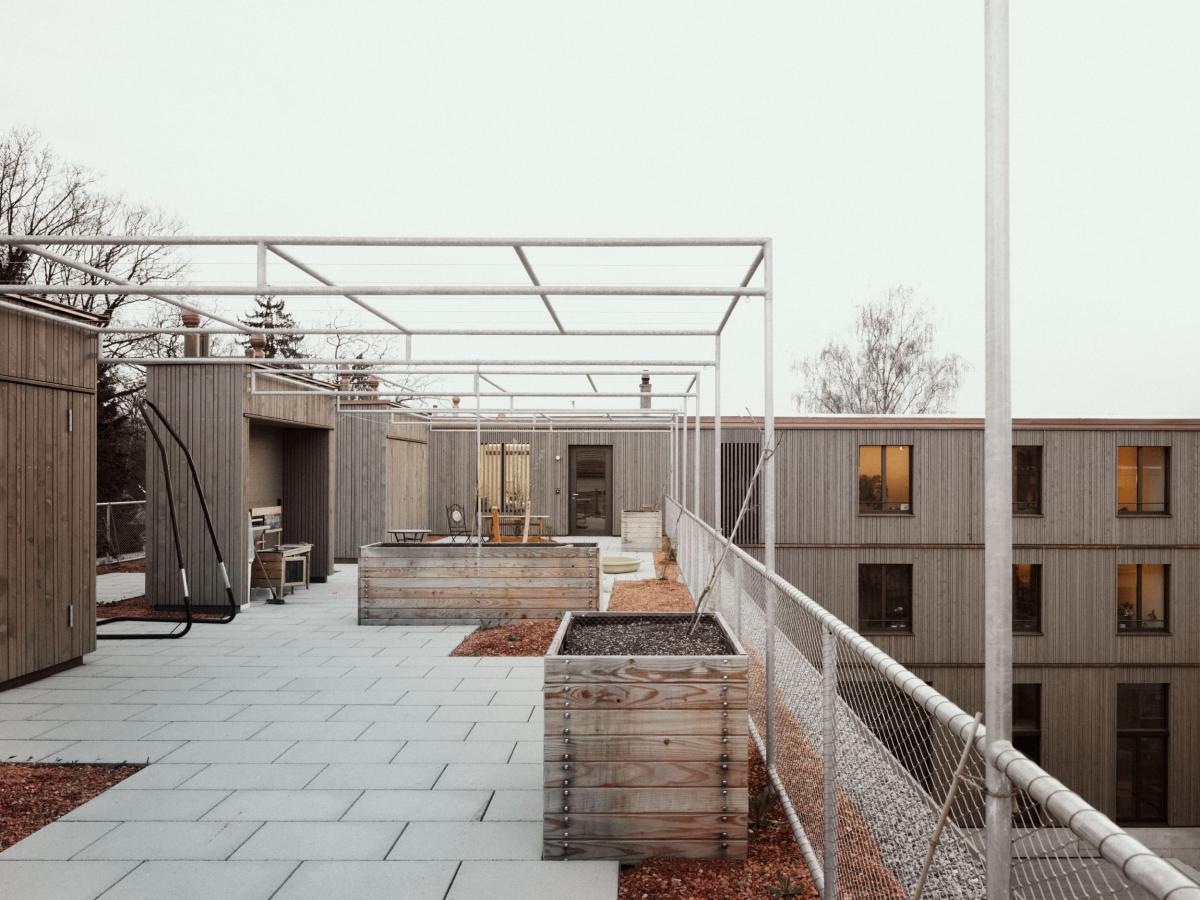
As the first SIA-2040 project and the first car-free development in the canton, “Wagi” focuses more on socioculture, which often took a backseat in older cooperative projects in Schaffhausen. With the approach of offering more than just living space, the project is a wake-up call for cooperative and non-profit housing in the canton. “Wagi” combines quality construction, high-quality interior fittings, community in all its facets, and leisure activities under one roof. The cooperative also provides e-car sharing for residents and the wider neighborhood. “Do you still live or are you already living?” is not just a marketing slogan, but a guiding principle and lived philosophy of the new cooperative.
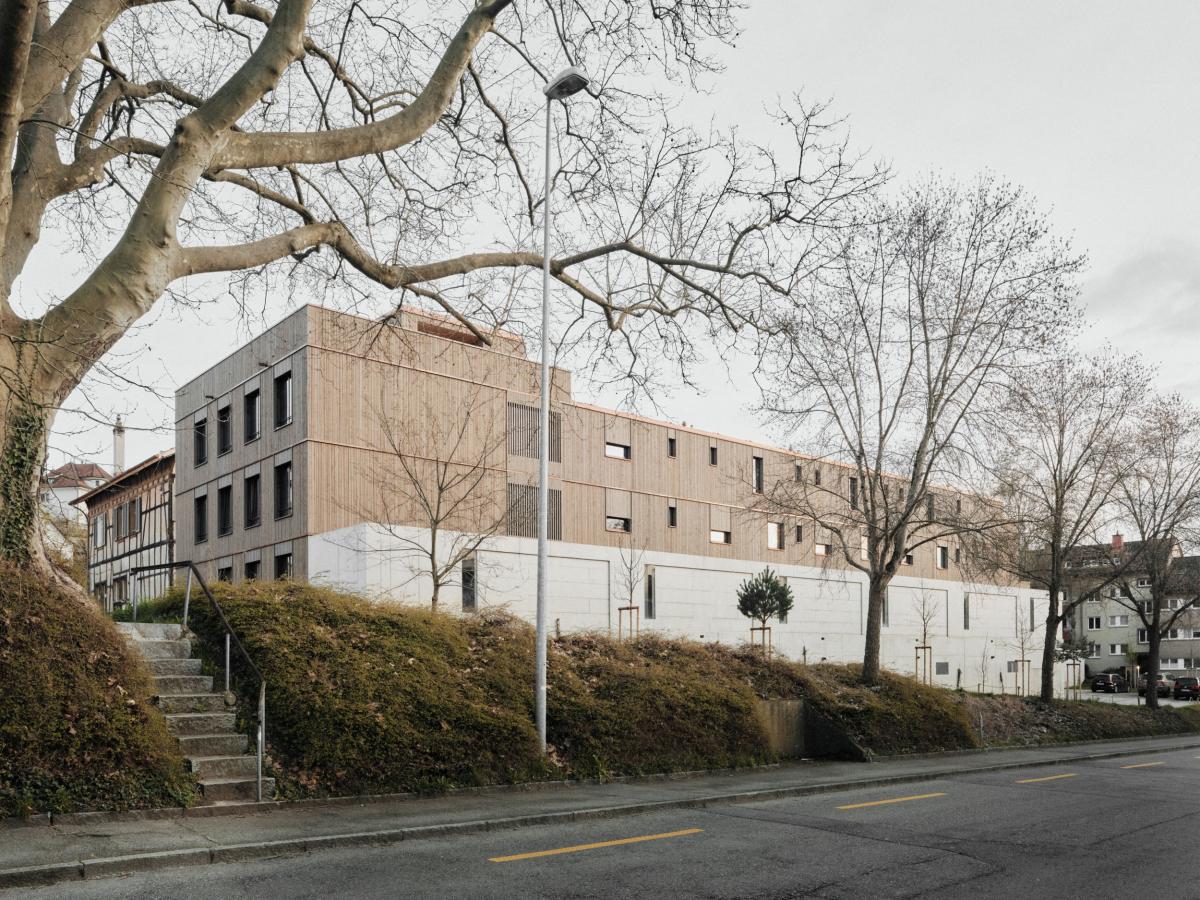
Project Gallery
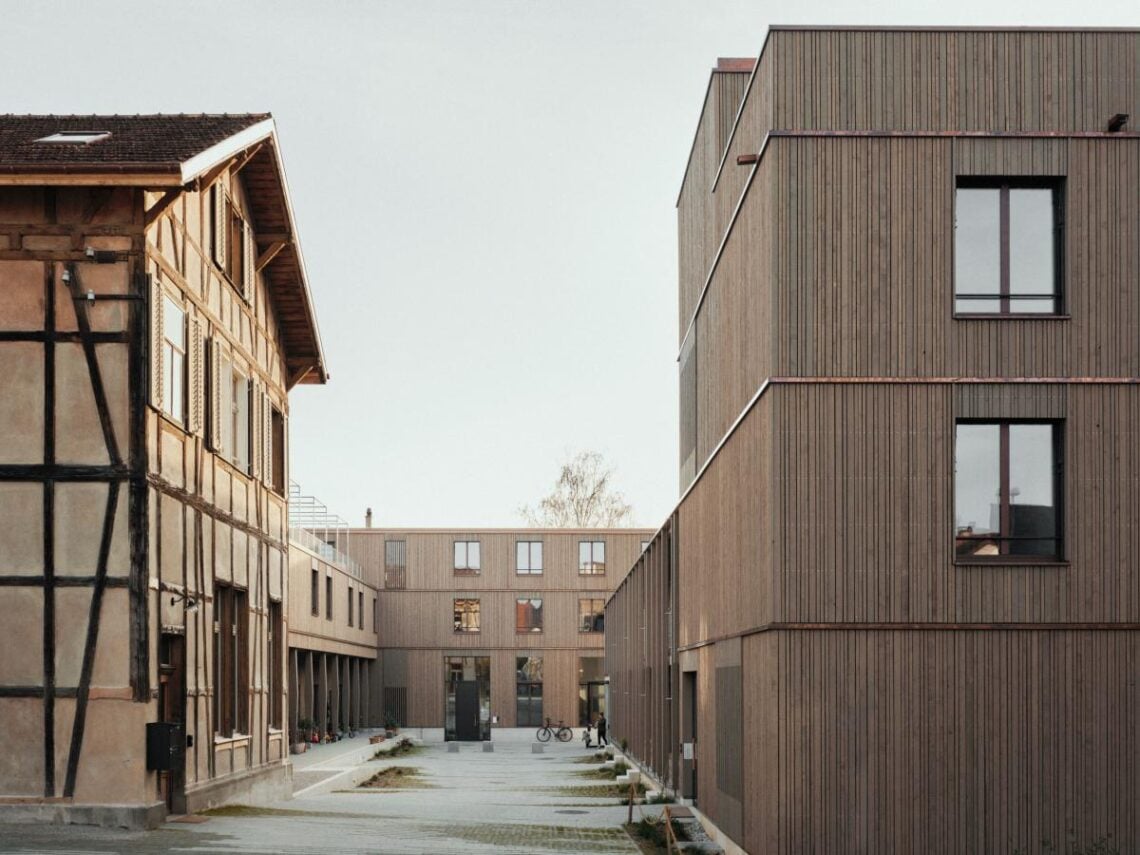
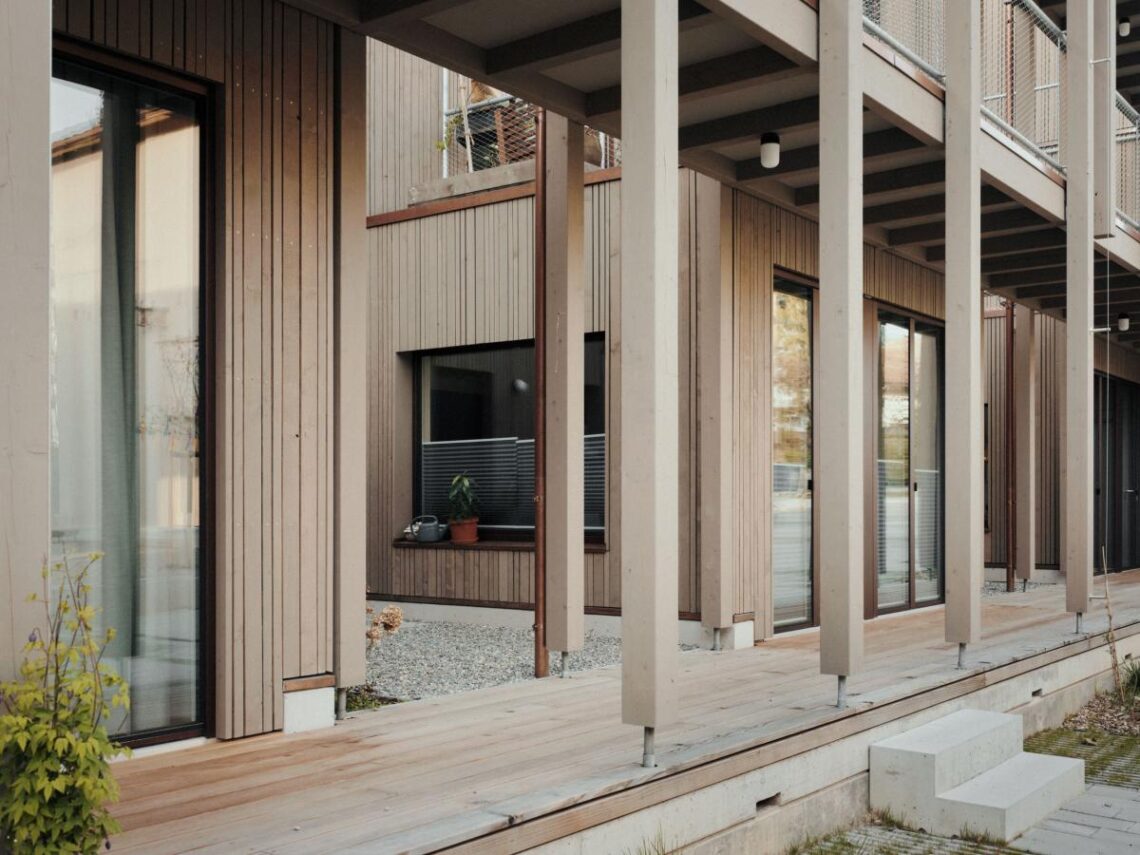
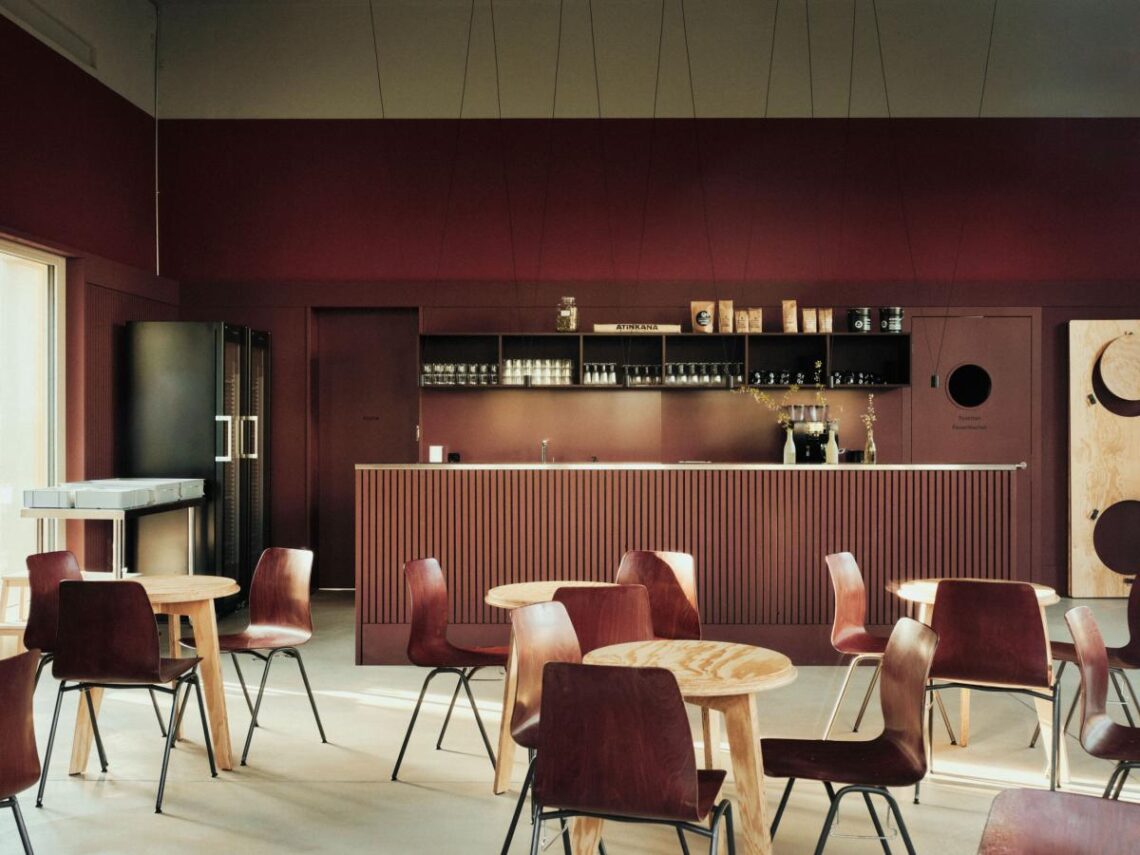
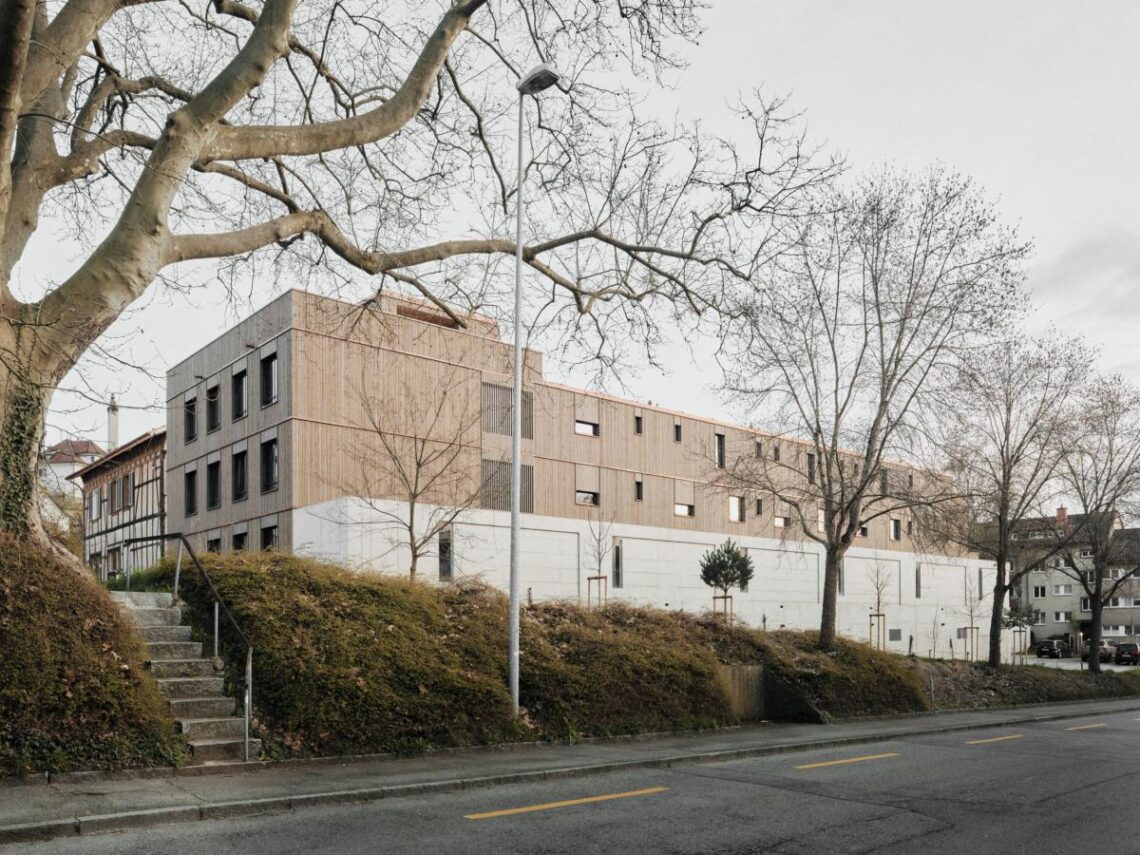
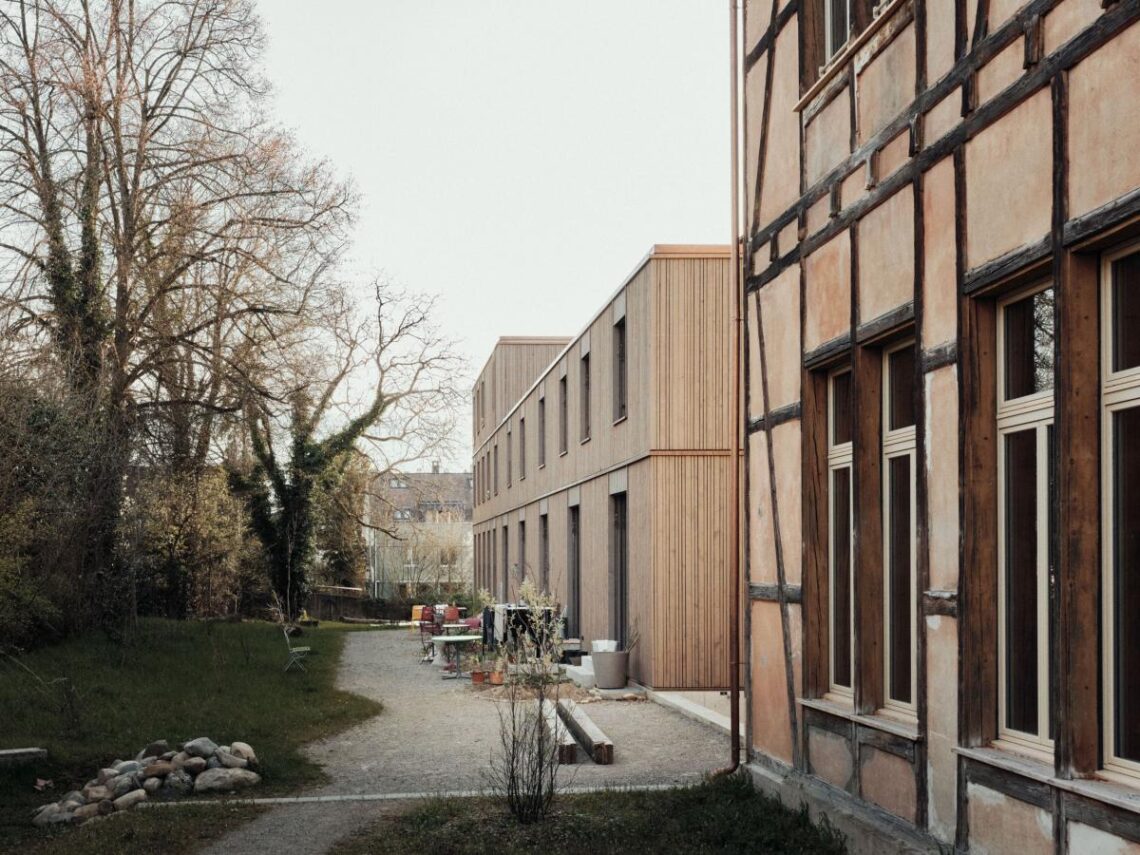
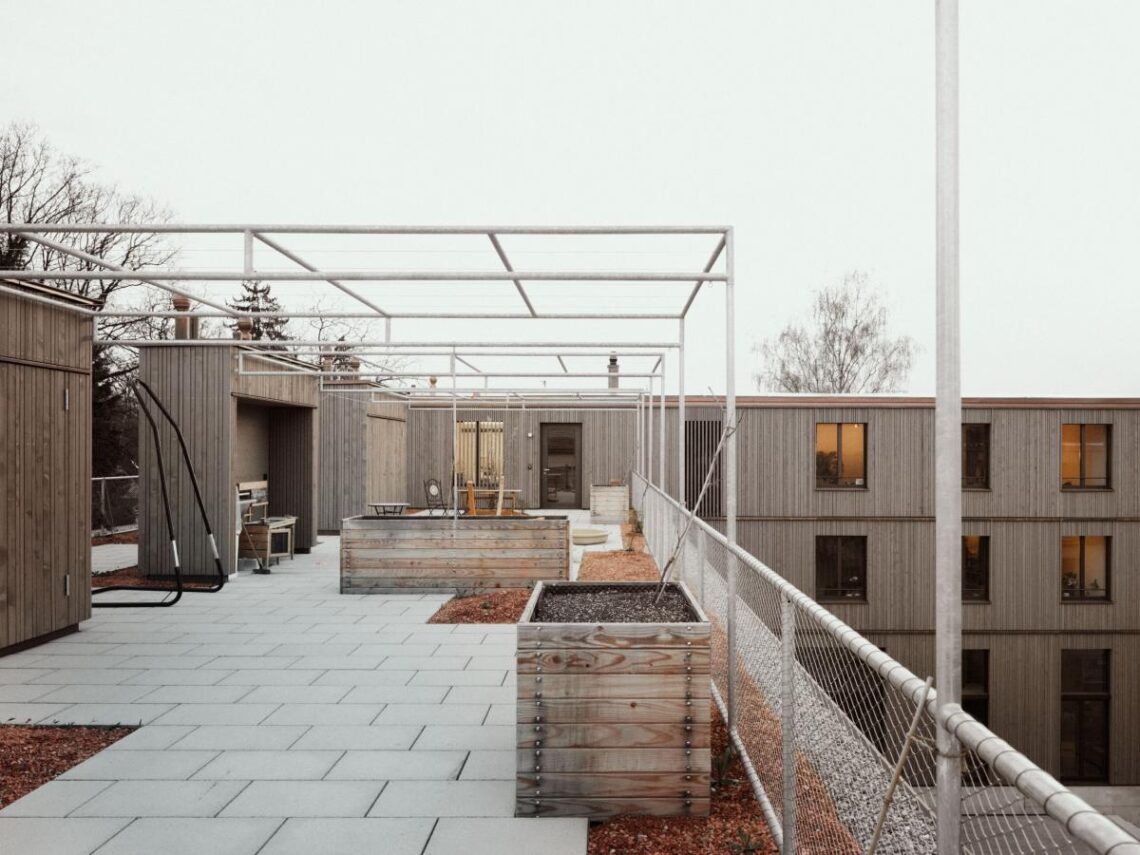
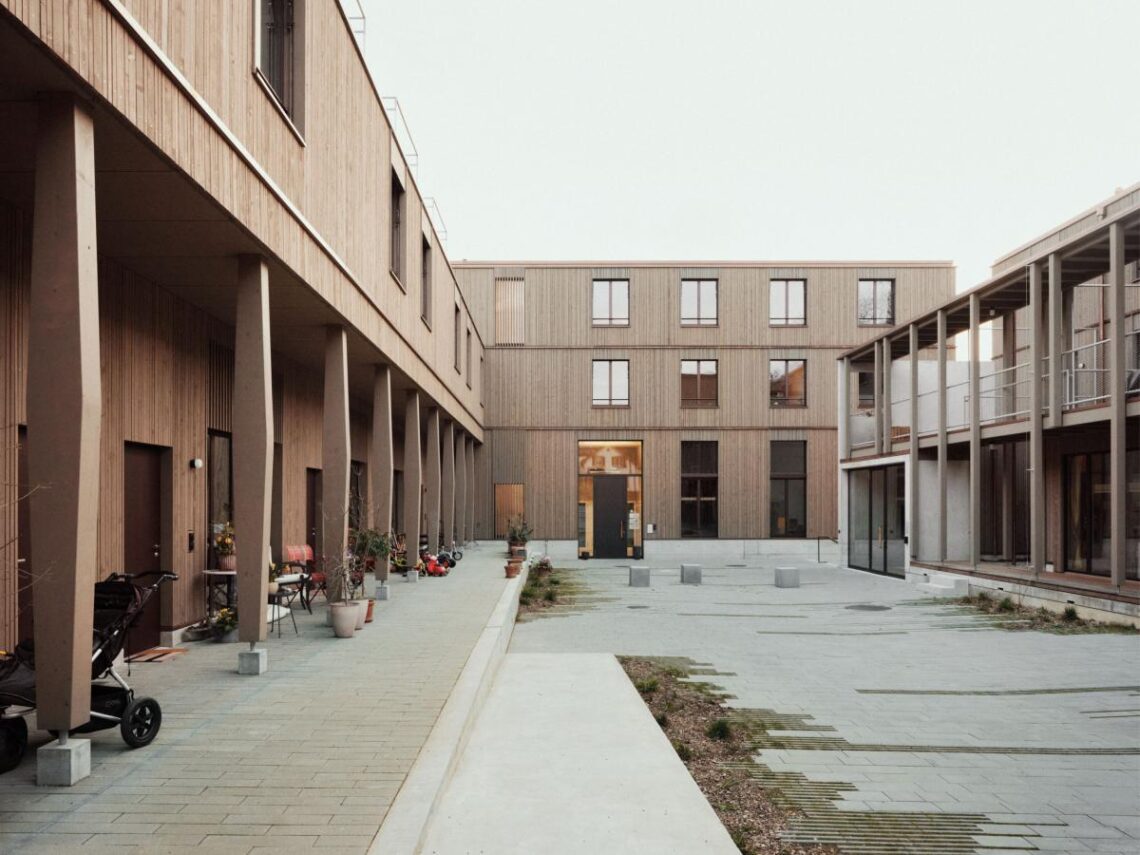
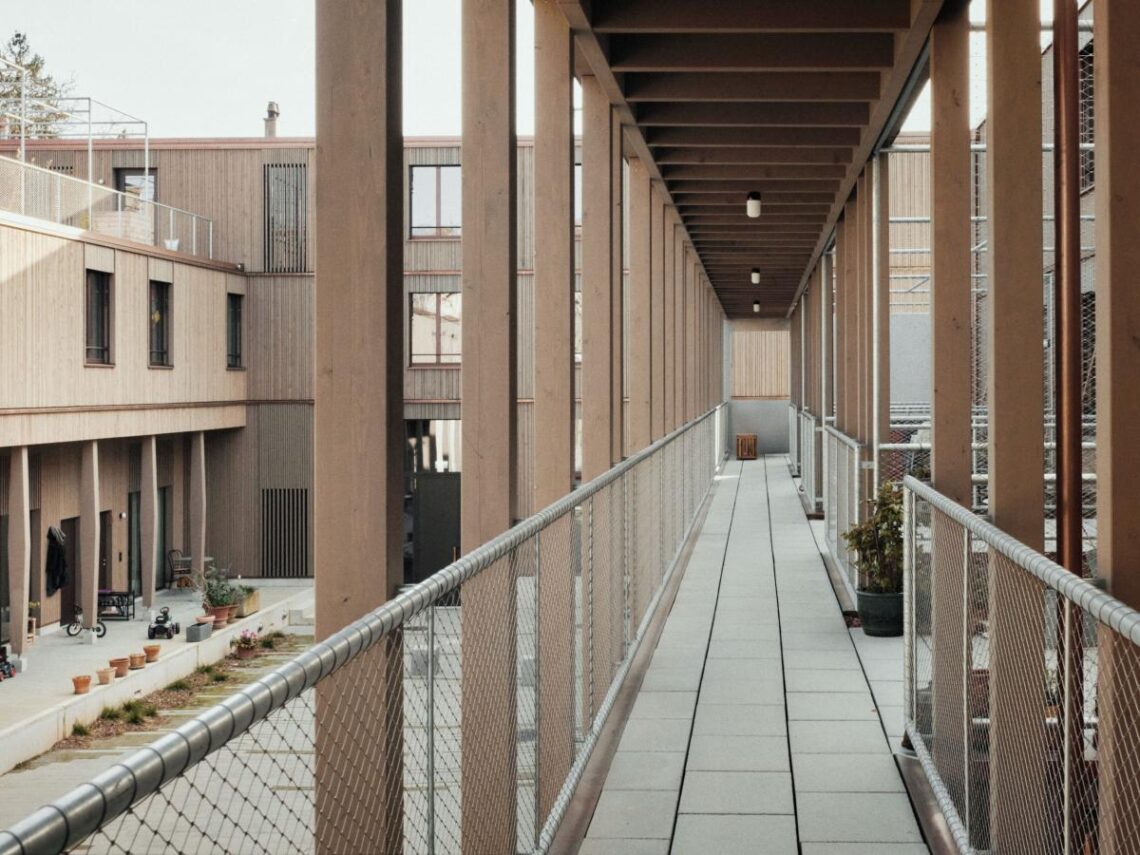
Project Location
Address: Wagenstrasse 10, 8200 Schaffhausen, Switzerland
Location is for general reference and may represent a city or country, not necessarily a precise address.


